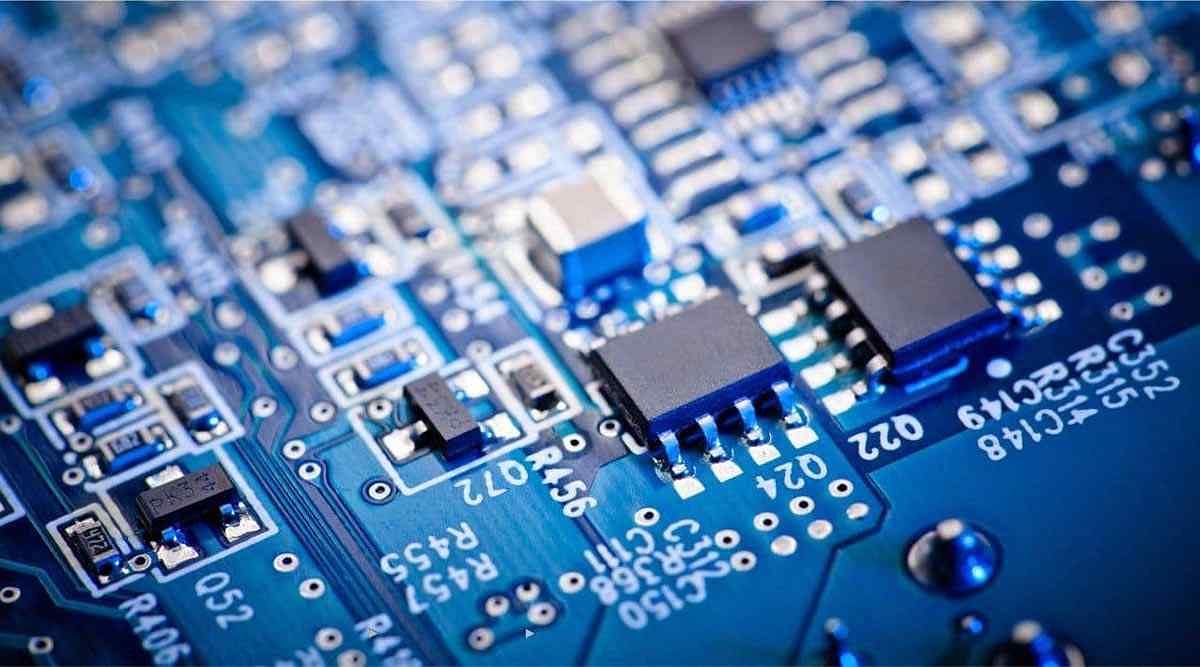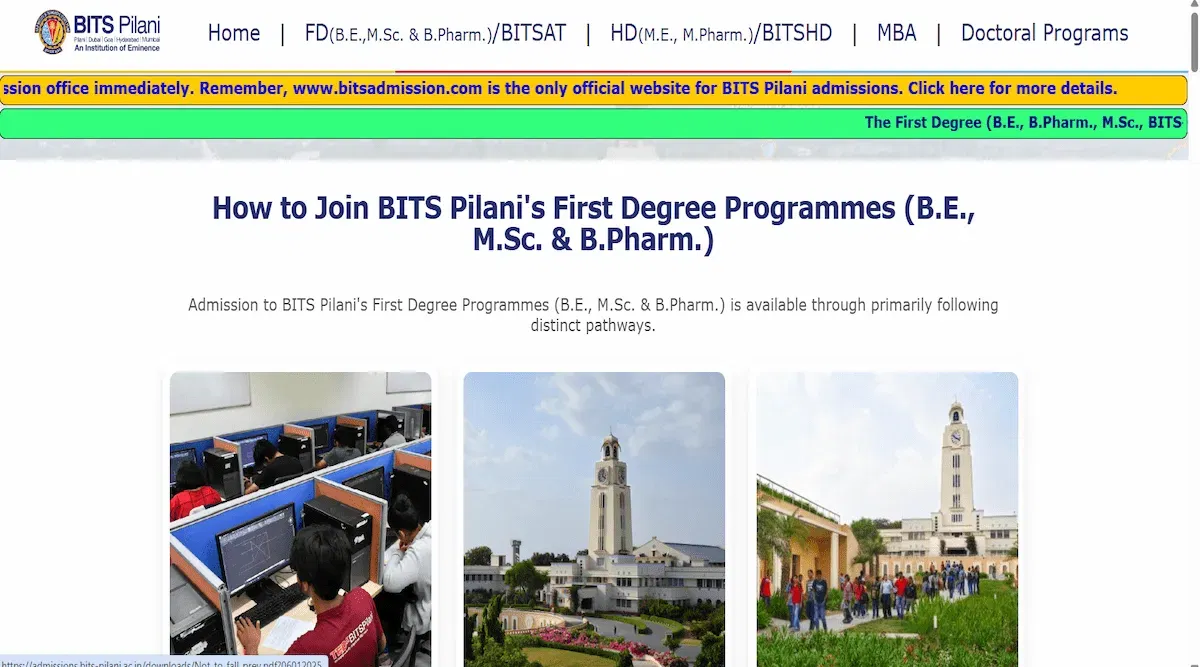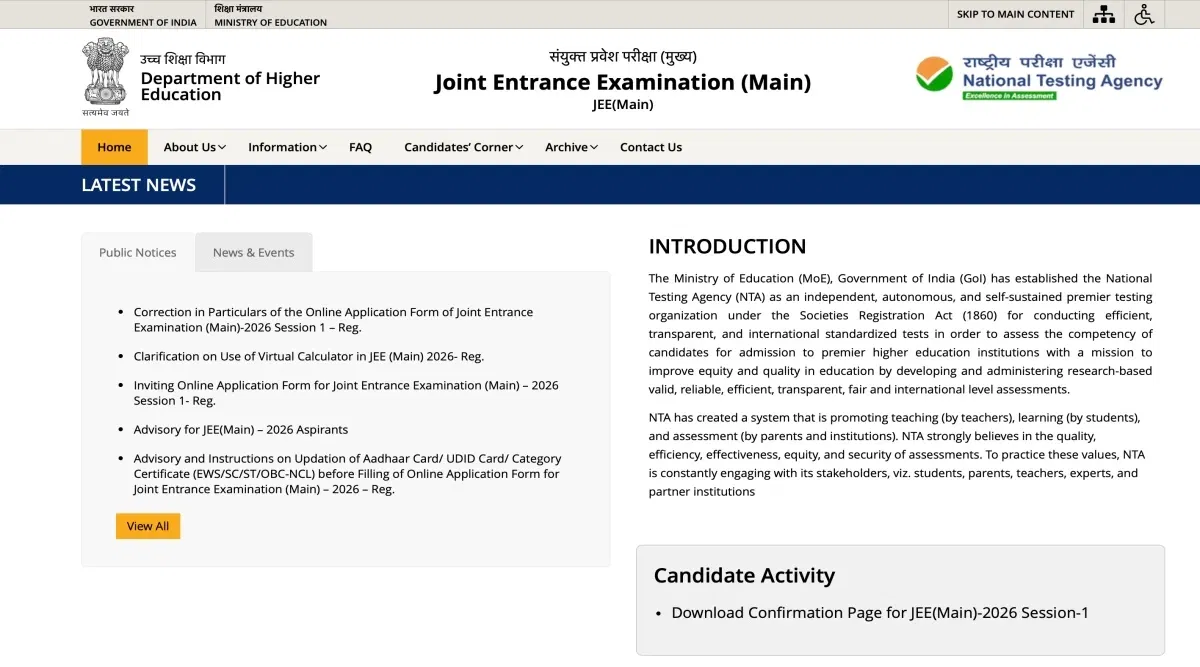The seminars constitute an integral part of learning. Therefore we have listed the 30+ latest IEEE seminar topics for electrical engineering.
Table of Contents
A seminar is nothing but a small discussion-based course where people participate, focusing on a specific topic. Seminars, be it in electrical or any branch of engineering, have helped us discuss topics in a more relaxed environment with industry experts and scholars of the subject in question.
Seminars have never been a form of the traditional teaching process of our education system. It is one of the inclining forms of teaching and learning process simultaneously, and it is giving a new shift to the education system. Here you will get insights into the trending seminar topics for electrical engineering.
About Electrical Engineering
Electrical engineering is an engineering regulation concerned with studying, applying, and designing devices and systems that use electricity, electromagnetism, and electronics. The field is now divided into a range of fields: computer engineering, power engineering, telecommunications, radio-frequency engineering, signal processing, instrumentation, electronics, electrochemistry, electro materials science, and many others.
Latest Seminar Topics for Electrical Engineering
Seminars in Electrical Engineering helps us gain more knowledge in the field; it helps us update with the latest technology and new ideas circulating in people's minds. It also exposes us to advancements made from the theories in the textbooks.
Below are some latest and best seminar topics for electrical engineering; these topics are designed to be achieved in easy and simple ways.
- Smart Materials
- Polyfuse
- HVDC Transmission Using Voltage Source Converters
- Paper Battery
- Infrared Thermography
- Applications of WLAN to Automatic Vehicles
- Iontophoresis
- Poka-Yoke Techniques to Prevent Error
- Microcontroller Based Missile Detection and Destroying
- Infrared Plastic Solar Cell
- Lightning Protection using LFA (Lighting Frequency Arrester)
- Harmonic Reduction in Power System
- Foot Step Power Generation
- Automatic Street Light
Smart Materials
Piezoelectric materials produce an electric current if they are placed under mechanical stress. The process of Piezoelectric is reversible, and these materials change their shape slightly. Examples of these materials are quartz, aluminium nitride, and barium titanate. Piezoelectricity is an exciting field of nanotechnology. These materials are called smart materials.
Polyfuse
Polyfuses are not fused but Polymeric Positive Temperature Coefficient Thermistors. These thermistors have a resistance that increases with temperature. Poly fuses are usually packaged in axial, radial, surface mount, washer form, or chip. They are available in voltage ratings of 30-250 volts and current ratings of 20mA to 100 A.
HVDC Transmission using Voltage Source Converters
Rapid advancements in power electronic devices with turn off capability like IGBT, the insulated gate bipolar transistors and GTO, the gate turn off transistors make the VSC (Voltage Source Converters) getting more attractive HVDC, i.e., High Voltage Direct Current Transmission. The VSC-based HVDC installations have several advantages: independent control of active and reactive power, dynamic voltage support, etc.
Paper Battery
With the advancement in the field of technology, portable devices require more flexible batteries to power them. A paper battery is an ultra-thin energy storage and production device formed by combining carbon nanotubes with a traditional sheet of cellulose-based paper.
Infrared Thermography
Temperature is one of the important parameters to tell the internal process, material, and even the desired output quality. Therefore, thermography is the temperature profiling of a surface or point. As the name suggests, infrared thermography is based on the Infrared(IR) technique. The principle underlying this technique is that every object emits a certain amount of IR energy and the intensity of this IR radiation is a function of temperature. In an electromagnetic spectrum, the IR region appears between 0.8 microns to 1000 micrometres.
Application of WLAN to Automatic Vehicles
Automated cars are the future means of transportation. The system connects a car with those in its vicinity using WLAN or wireless LAN to transfer data about the car's specifications, traffic conditions, lane shifting, and speed. The computer processes the information obtained from other cars. It uses parameters such as road rules obtained from the sensors placed along the road, the route map derived from the GPS database, and radar scanning to maintain optimum distance between other vehicles and obstructions.
Iontophoresis
Iontophoresis is a non-invasive technique to deliver medication through the skin to a specific area using a continuous and direct current. Anti-inflammatory and anaesthetic medications (dexamethasone and lidocaine) are the most common medications delivered using iontophoresis. Iontophoresis requires two electrodes, i.e., positive and negative charges. The placement of the electrodes is dependent on the polarity of the medication being delivered.
For example, dexamethasone has a negative polarity. Therefore, the electrode containing dexamethasone is placed over the affected body part and attached to the negative charge in the electrical circuit. Then the negative current repels the negative dexamethasone ions, driving them through the skin of the patient. Besides, lidocaine has a positively charged polarity so that the electrode would be connected to the positive charge in the electrical circuit.
Poka-Yoke Techniques to Prevent Error
The poke yoke's main objective is to achieve zero defects. It is just one of the many components of Shingo's Zero Quality Control (ZQC) system. ZQC is the goal to eliminate defective products. Poka-Yoke is a quality management theory explained by a Matsushita manufacturing engineer named Shigeo Shingo to restrict human errors from happening in the production line. Thus, Poka-Yoke translates to "avoiding careless errors".
Microcontroller based Missile Detection and Destroying
The microcontroller project is to design and build automated missile detection and destroying systems. The system is created to detect the target moving in varied directions. The destroying system runs automatically in the missile's direction and fires it upon fixing the target.
The system consists of a SONAR related object tracking system that continuously monitors the target. In detecting the target, it sends the location of the target to a Central Control System.
Infrared Plastic Solar Cell
Plastic solar cells are not new; these plastic materials use nanotechnology and contain the first generation solar cells that can harness the sun's invisible infrared rays. The new plastic solar cell could allow up to 30% of the sun's radiant energy to be harnessed completely.
Lightning Protection using LFA (Lightning Frequency Arrester)
Lightning Protection using LFA is a simple, new, effective, and inexpensive method for lightning protection of medium voltage overhead distribution lines using long flashover arresters (LFA). It is designated as LFA-M that offers great technical and economical advantages.
Its modular long flashover arrester (LFA-M) is important because it can be applied for lightning protection of overhead distribution lines against induced overvoltage and direct lightning strokes. To preserve lines against direct lightning strokes, the arresters are attached between the poles and all phase conductors in parallel with the insulators.
Harmonic Reduction in Power System
The harmonics is the power quality in an ideal world that means how pure the voltage is and how pure the current waveform is in its sinusoidal form. It is very important to economic and industrial power system designs. If the current or voltage waveforms are distorted from its ideal form, it will be termed harmonic distortion. During the conversion from DC to AC, harmonics affect the power quality a lot.
Foot Step Power Generation
Footstep power generation, a new way of power generation without any fuel and can be beneficial. Here piezoelectric crystal is used to generate electrical energy through a presser, and then it will be stored in the battery.
Automatic Street Light
Automatic street lights need no manual operation for switching ON and OFF. Instead, when darkness rises to a certain value, automatically street light is switched ON, and when there is another source of light, i.e. day time, the street light gets OFF.
The sensitiveness of the street light can be adjusted. It uses 4 LEDs to indicate the bulb; with high power switching, one can connect Relay, i.e., electromagnetic switch at the output of pin 3 of IC 555.
20 IEEE Seminar Topics for Electrical Engineering
IEEE is very popular among the student community. Through IEEE membership, students get a chance to present advanced or innovative topics among the subject experts. They are also provided with technical magazines, journals, conferences, and continuing education courses.
The popular professional bodies or international standards organizations of members who have specialized in electrical engineering include:
- International Electrotechnical Commission (IEC)
- Institute of Electrical and Electronics Engineers (IEEE)
- Institution of Engineering and Technology (IET)
Listed below are the 20 IEEE topics engineers can choose for their seminars.
- Solar Refrigerator
- Solar Mobile Charger
- Smart Dust
- Autopilot
- MonorailFloating Power plant
- Wave Energy
- Antisleep Alarm for Drivers
- Automatic Room Light controllers
- Liquid Electricity
- Nano Fuel Cell
- Electrical AC and DC drives
- Electric Traction Systems
- Underwater Power Mill
- Floating Power Plant
- Artificial Intelligence in Power Station
- Speed Sensor
- Uninterrupted Power Supply
- WiFi Technology
- Laser Communication
- Hydrogen: The Future Fuel























POST YOUR COMMENT